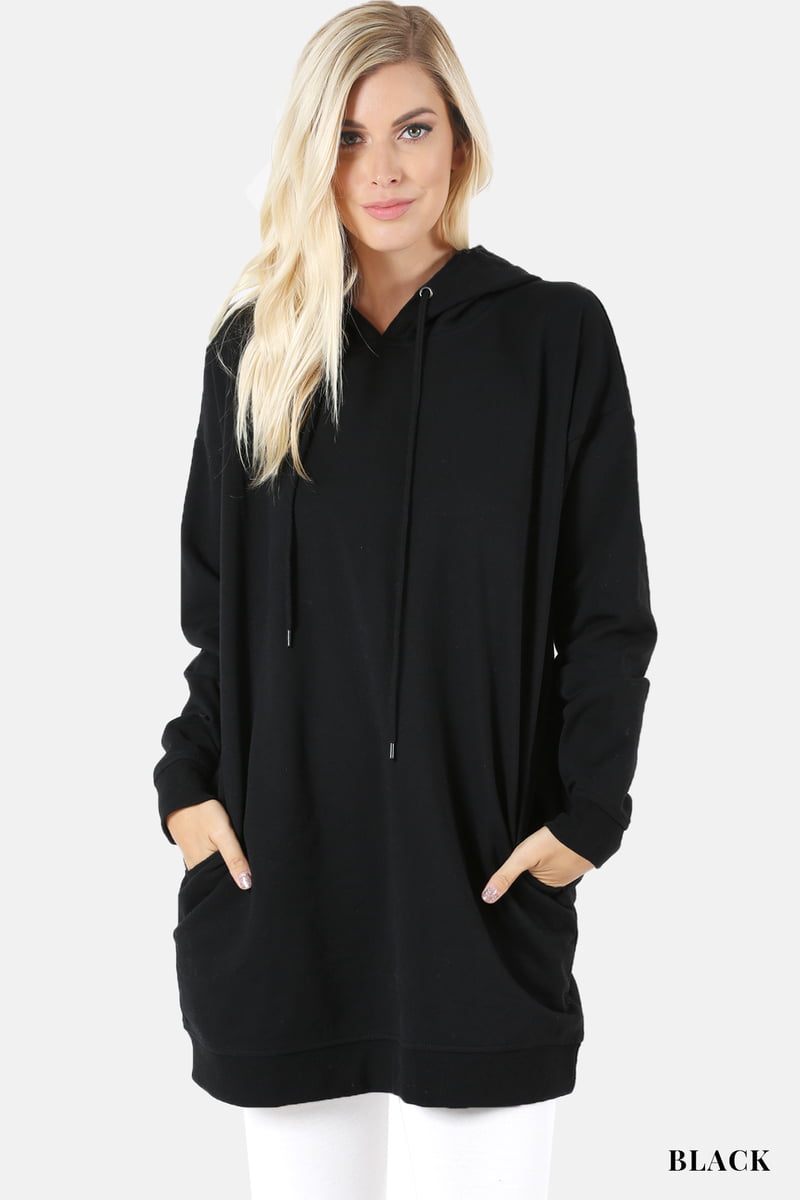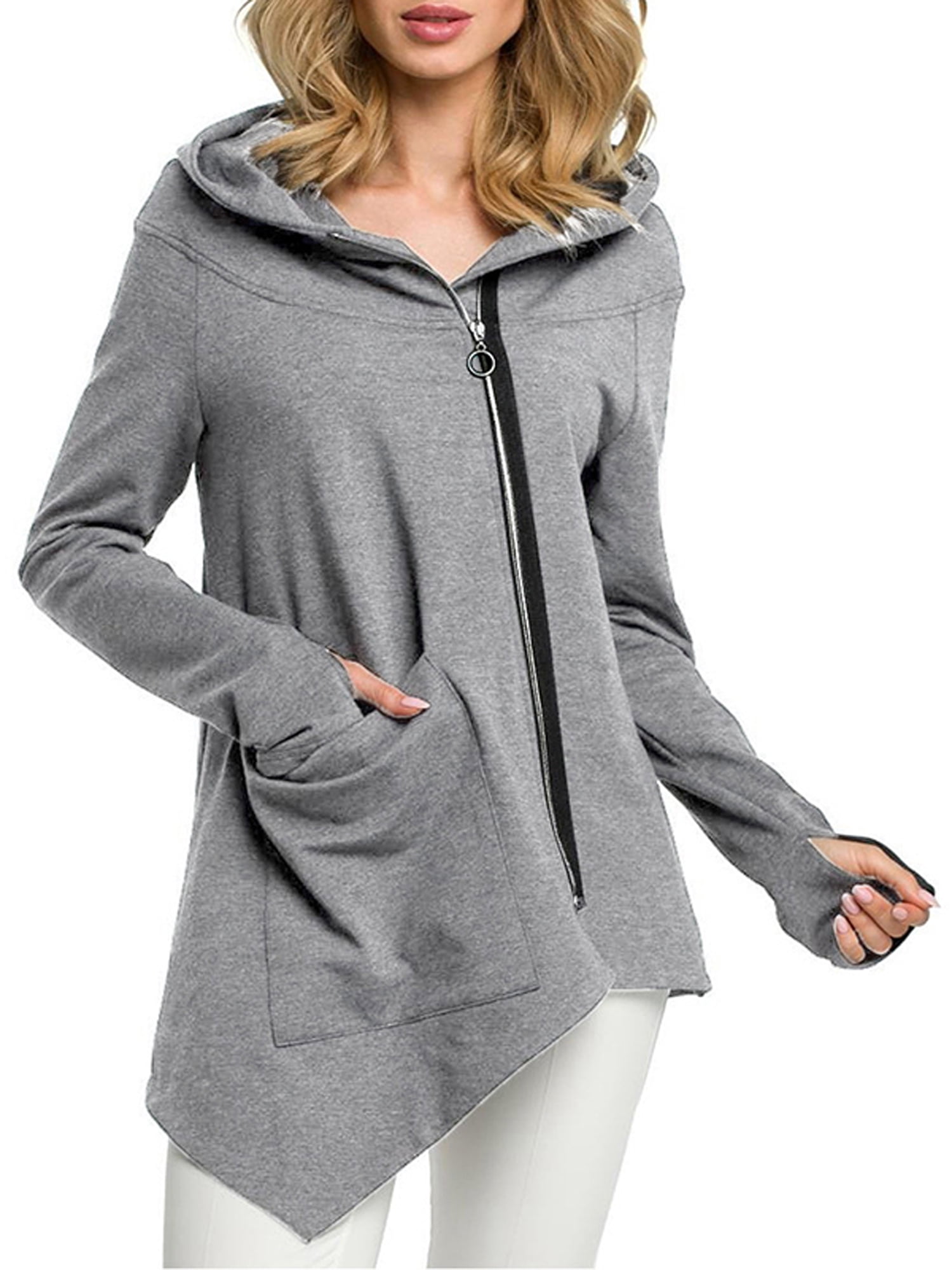Sweatshirts are long-sleeved, pullover tops that are made of thick cotton cloth. They are typically used for casual wear and are not as dressy as sweaters or cardigans. They do not usually have an Hood. If you are interested in purchasing a sweatshirt, here are some suggestions:
Norma Kamali spread the appeal of sweatshirts
Since the late '70s and into the late '70s, Norma Kamali has transformed the simple sweatshirt into an art. Her designs have become an essential part of all women's wardrobes. find it here include tummy-tucking t-shirts to a crew neckline to thick leather sweatshirts. She has also created clothing in unique designs, like tanks with long trumpet skirt.

A collaboration between the designer and sweatshirt manufacturer Everlast resulted in her Timeless line, which was an instant hit when it debuted in the Spiegel spring 2006 catalog. The collection offered interchangeable and convertible knits in classic silhouettes and many of the items were priced below $20. Even if Norma Kamali's Timeless collection was not available in stores, fans were able to find the pieces through eBay and Poshmark.
Merino wool sweatshirts feel more comfortable than soft sweatshirt s
Merino wool is well-known for its moisture-wicking properties that help keep you dry and comfortable. It is a natural fiber and also offers a more comfortable feel. The fabric also dries quickly when compared with other natural substances. Additionally, merino is a sustainable resource. The merino sheep shed their coats each year and grow new coats.
The weight-to-heat ratio of merino wool makes it an ideal material for sweatshirts. It assists in regulating the temperature of your body due to its natural loft, which holds heat in the fibers. This is the reason Merino wool sweatshirts work ideal for outdoor and summer activities like hiking, mountain biking, and running. The warmth it provides ensures that the wearer stays cool and dry, which is essential when working out.
Zip-front hoodies have kangaroo pocket
Kangaroo pocket Hoodies are a very popular type of hoodies. They have a huge pocket at the front that keeps your hands warm during cold days. They are additionally more practical than conventional pockets as they allow the hands to slide in and out effortlessly.
Kangaroo pockets are typically large enough to accommodate a wallet or some other small personal items. They are commonly long enough to fit the palm of a hand that is small and are large enough to accommodate two hands. They are wide on both sides and are ideal for carrying small items.

French terry fabric is a popular fabric for sweatshirts
The French Terry fabric is constructed of soft yarns that are made into loops, and are usually mid-weight. It is also renowned because of its capacity to absorb away moisture and is pre-shrunk. French terry is a great option for sweatshirts as it will keep you warm when you need it and helps keep you cool when you need to cool down.
sweat shirts is also a popular choice for loungewearbecause it has enough stretch and flexibility to feel good when you touch your body. It also allows enough air to circulate through the fabric, making it ideal for layering underneath other clothes. In addition, because it's lighter than most sweatshirts you can wear it throughout the year without feeling warm or cold.
Hoodies can be classist.
Although it could appear that hoodies are an appropriate clothing item for working class people, the reality is that they have a classist connotation. Hoodies first became popularized in the early 70s New York, where graffiti artists wore them to conceal their identities. In 1976 the hoodies made their big film debut in "Rocky," when the working-class main character was seen wearing grey sweats that were hooded during his memorable climb up the steps of the Philadelphia Museum of Art.
Hoodies are often associated with destruction, death and other unpleasant things, but they can also be used for practical reasons. For example, monks and priests may wear hoods to show respect and a sense of self-control.
